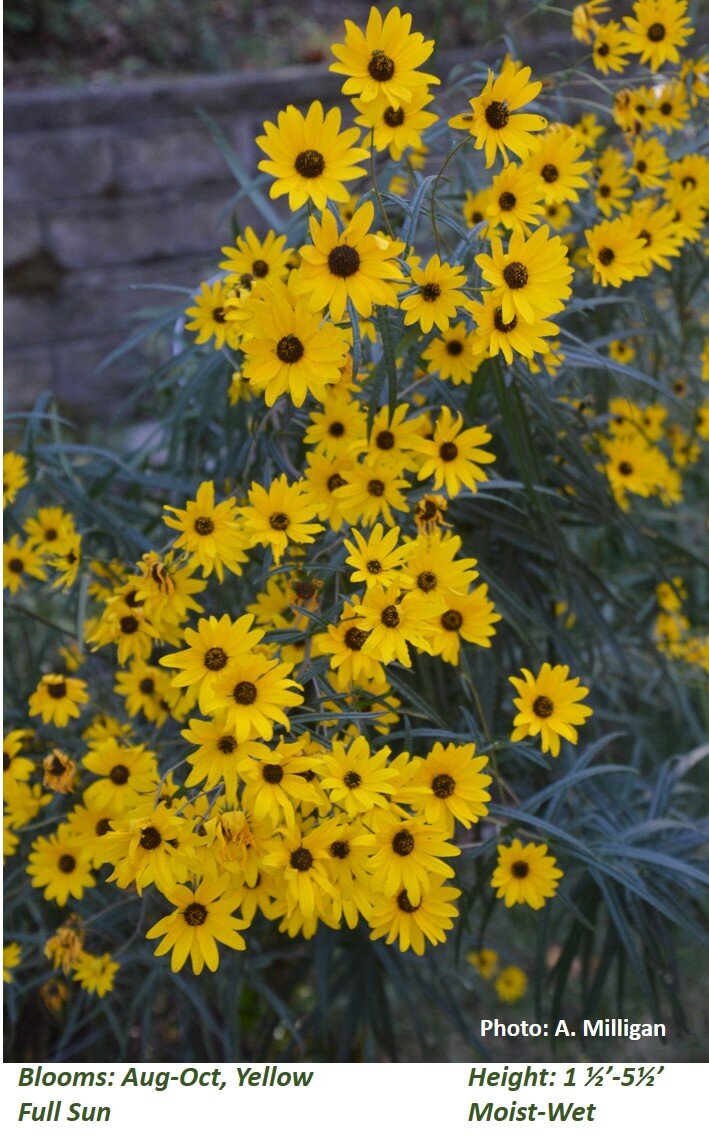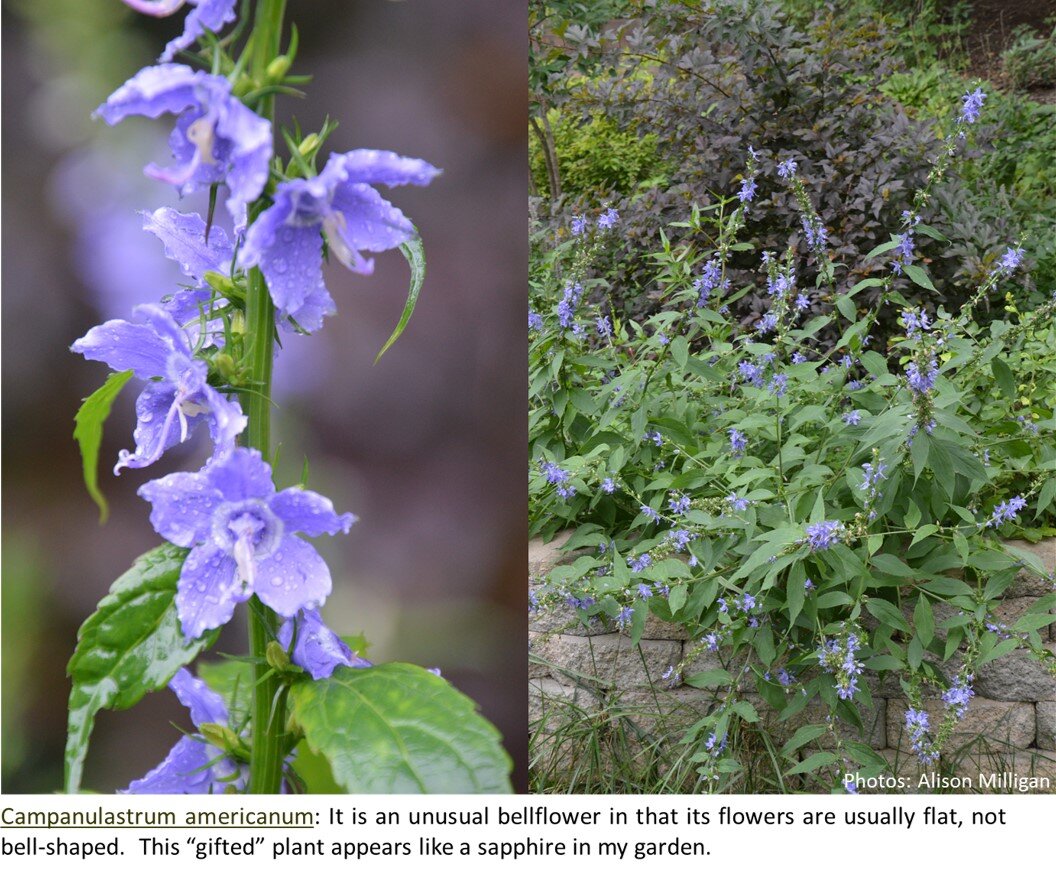Hello Master Gardeners and Watershed Stewards!
It has been another fun year spent learning, reading, studying, photographing and planting Maryland’s native plants. I’ve learned a lot and I hope you have too.
It’s now time to test your knowledge of the scientific name of the native plants we’ve discussed over the past year. It’s always best to use the Latin names of plants when you recommend them to friends and the public – there’s only one Latin name for a plant so it avoids confusion and ensures people select the right plant when shopping at nurseries.
The first group of photos show the plants in their winter dress (except one). Can you still recognize them? Can you guess which photo was taken in May? I’ve given you a few hints but don’t feel bad if you can’t place them all – Latin is not an easy language. Good luck, or as they say in Latin, “Fortuna!”
Match the number of each plant in winter to the letter of each Latin binomial labeled in the photos of bloom time below.
~ Alison Milligan – Mstr. Gardener/Mstr. Naturalist/Mstr. Watershed Steward
Chesapeake Bay Landscape Professional (CBLP)






